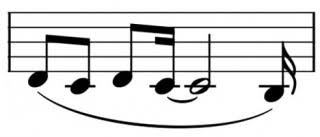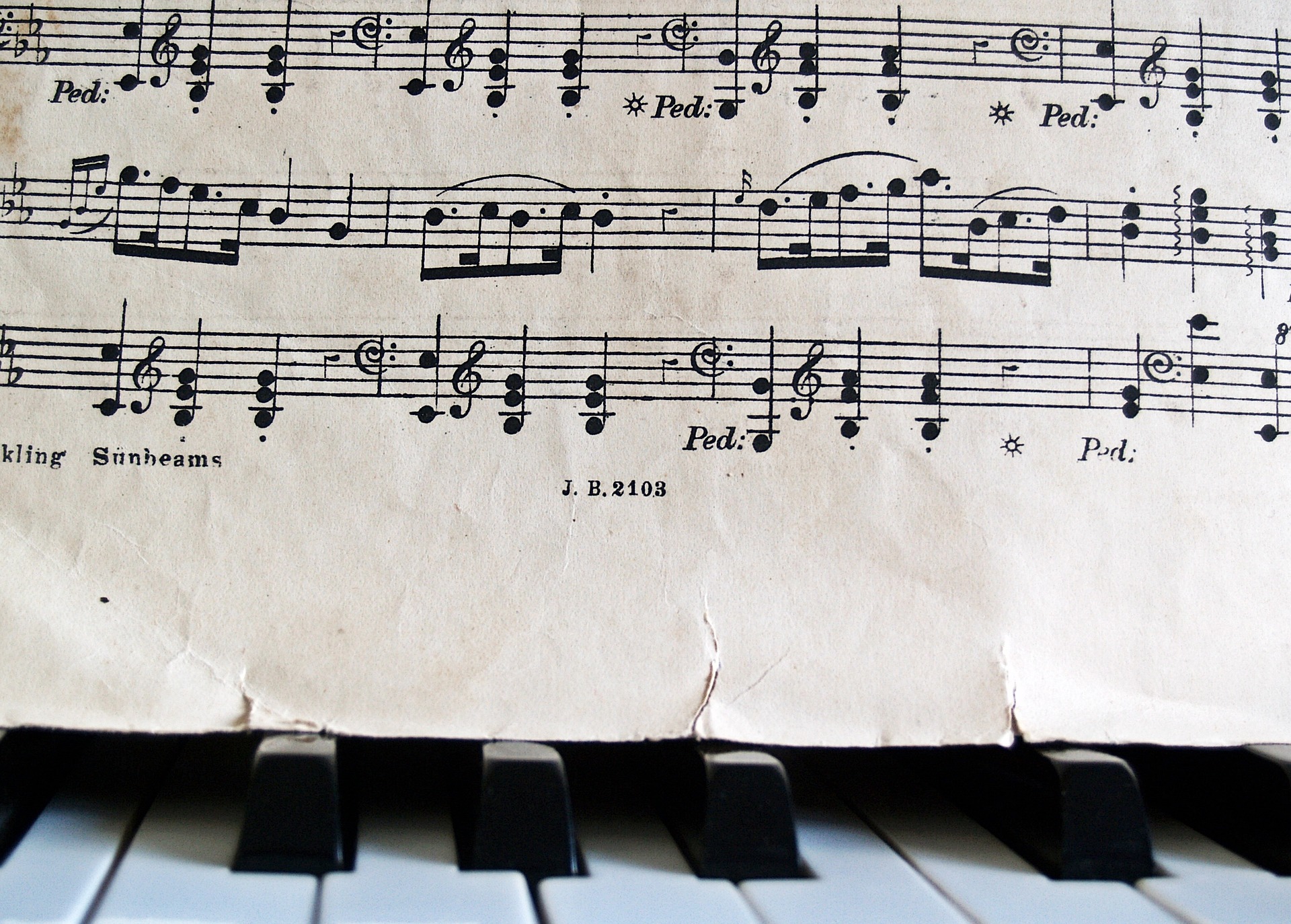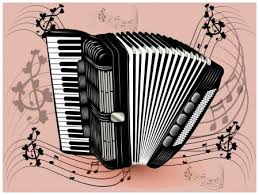What Is A Phrase?
There is more than one definition for the phrase, but here is my interpretation:
Phrase is a melodic flow, expressed in a variety of musical ways, with the purpose of transferring some meaning or sense within a specific musical moment.
Wikipedia defines a Phrase as:

Musical phrasing is the manner in which a musician shapes a sequence of notes in a passage of music in order to express an emotion or impression. A musician accomplishes this by deviating stylistically from the sheet music—altering tone, tempo, dynamics, articulation, inflection, and other characteristics.
How To Determine A Phrase

Phrases are usually marked with the tie above or below musical notes. One might interpret this as legato, but it’s not always articulated in this manner. The articulation that you might choose, after all, depends upon the style of the piece, the aesthetic freedom inside the genre itself, or the special wishes of the composer and performer, of course! The same principle applies for the dynamics. Nevertheless, what phrasing must possess, no matter the articulation, is a clear beginning, culmination, and ending. When you play a phrase, clear musical thought must be heard. Phrases can be intricate parts of a bigger selection or even one big section itself. If you experience problems detecting a phrase, the best thing that you can do is ask a teacher for help, or, at least, focus your attention on listening to that melody as it is played by other people.
Phrasing On An Accordion

In literature that is written for the accordion, a phrase can be written for the right hand as well as the left hand. It all depends on the style of music, the needs of a piece, or even the specific wishes of the composer. Most often, however, problems occur for beginner accordionists when playing an accompaniment on the left hand side while also trying not to disrupt the phrase on the right hand side. You might think that the accompaniment is more important than the phrase, but interestingly enough, during the process of practicing, we focus more on the right hand phrase than the left hand. We want to avoid a habitual situation in which we can play the phrase – alone - but when we add the other hand, our phrase collides or gets lost.
How To Practice
My solution for this problem is very simple. One should learn to play accompaniment automatically, without too much thinking, and phrasing will be played with meaning, under the control of your listening skills. Also, keep in mind that synchronizing the actions of both hands is a complex neurological process that requires special attention. Slow repetitions of the same elements -- played separately! -- occurs first, so that an evolution of synchronicity (playing both hands together) brings forth a new process that we must go through in order to honor both the phrase and accompaniment.
Attention Students:
The slower you play, the faster you’ll learn!
I repeat:
The slower you play, the faster you’ll learn!
In triplicate:
The slower you play, the faster you’ll learn!
